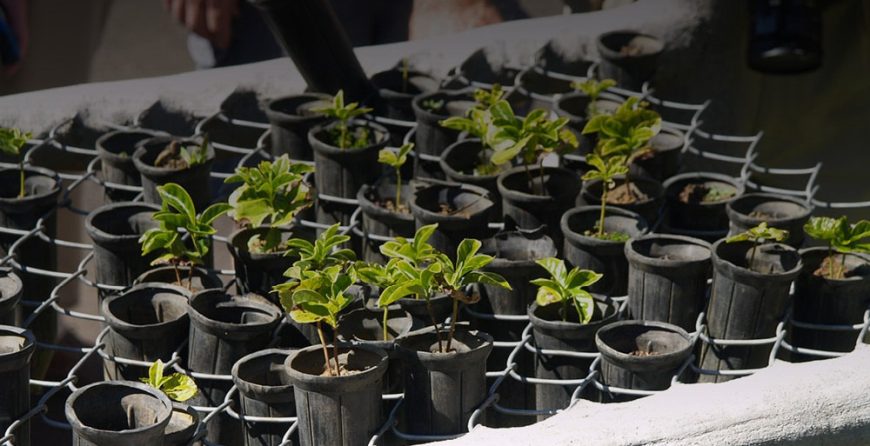 Before you can reach harvest time you have to make sure your plants get off to the best start possible. This means kicking off the process before the weather gets warm again. Whether you prefer to start your seeds in the home or you like working in the greenhouse, there are steps you can take to make it as easy as possible.
Before you can reach harvest time you have to make sure your plants get off to the best start possible. This means kicking off the process before the weather gets warm again. Whether you prefer to start your seeds in the home or you like working in the greenhouse, there are steps you can take to make it as easy as possible.
Here are some of the best tips for starting your plant seeds indoors.
Preparation
- Do your research: Don’t order the first seeds you come across. There are many companies out there that offer seed catalogs that will allow you to browse selections and prices. If you can find a regional company, they should have suggestions for the best plants in your area.
- Create a list: Once you’ve looked through the catalogs, write down the seeds you want to grow. Try to keep yourself in check while doing this part since a lot of organic gardeners get carried away. A good trick is to imagine that your garden is a quarter of the size it really is. This will boost your spacing practices, so don’t skip this step.
- Brace yourself: Everyone wants to use their garden space in an intelligent way, but you should also prepare yourself for the seeds that will never germinate. Keep in mind that some may even grow but die later.
- Choose the right time: Most vegetable seeds can be started about six weeks before the last frost. Some vegetables such as tomatoes are highly sensitive, so follow specific instructions you were given regarding seedlings.
Starting seeds Inside your home
- Once you’ve gathered all of your supplies and made your preparations, it’s time to start the seedlings! Grab your seedling containers and fill them with a potting mix made specifically for seedlings. Avoid using regular potting mixture as it doesn’t contain the same ingredients as the soil made for seedlings.
- Follow the instructions on each of your seed packets. Most seeds can be pushed gently into the mixture with your finger. You can also put the seeds in using the end of a pencil or pen. Pro tip: Always plant the largest seeds in the package so you increase your chance of getting an excellent germination rate.
- Once the seedlings are in their containers, cover it with plastic and poke holes in the cover for proper ventilation.
- When watering seedlings, stick to the gentler side of things. Containers that let water out too forcefully can damage your seedlings, so invest in a misting sprayer if you can afford it.
Starting seedlings in the greenhouse
Working with seedlings in your home can be beneficial for many reasons. It will allow you to make progress during the colder months but it won’t fix every concern you have.
Starting your vegetables and fruits in a greenhouse will give you more direct control over what happens will being a little less finicky.
- When using a greenhouse, make plans to start working with your seedlings about six to eight weeks before your area’s last frost date.
- Allow your seeds to soak in a bowl of warm water overnight before you plant them
Grab your handy dandy seed-starting trays and fill them with moist potting soil. Include one large seed per tray cell. - Optional: Sprinkle a thin layer of moss onto the surface of the soil. If your seeds need light to get started, then skip this step.
- Dampen the top layer of soil. If you’re working with seeds that need constant humidity or moisture, consider putting them in a clear plastic bag until they start to grow.
- Keep the greenhouse temperature 70 degrees during the day and about 50 at night.



Reblogged this on Green Living 4 Live.